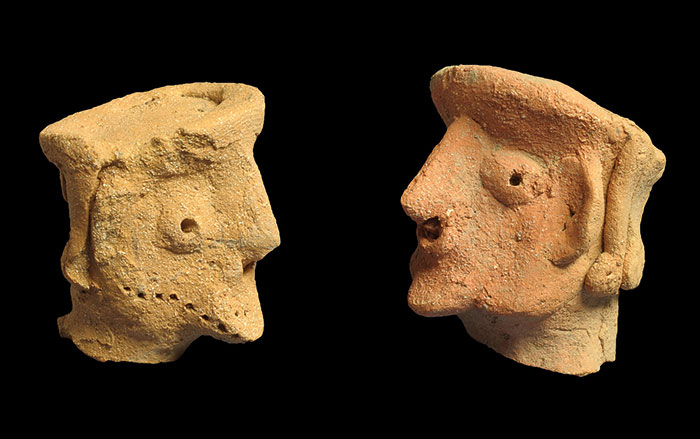HEMPSTEAD, NEW YORK—Anagnostis Agelarakis of Adelphi University took a 2,500-year-old arm bone pierced with a bronze arrowhead that had been discovered in Northern Greece to Dr. Helise Coopersmith, a musculoskeletal and body imaging radiologist for the North Shore LIJ Health System and a professor at Hofstra University. Agelarakis suspected that ancient Greek surgeons had not removed the piece of arrowhead from the soldier’s ulna because a barb at its end anchored it to the bone. Moving it would have caused even more damage to the man’s arm. Coopersmith’s x-rays of the bone showed that the arrowhead indeed had a barb at its end, and that a bony spur had grown around it. She could tell that the soldier survived his wound without suffering a life-threatening infection. However, the arrowhead would have made it difficult for the battle-scarred veteran to flex his fingers.
X-Rays Tell Story of Ancient Greek Soldier’s Wound
News July 3, 2013
Recommended Articles
Off the Grid January/February 2026
Prophetstown, Indiana

Letter from France January/February 2026
Neolithic Cultural Revolution
How farmers came together to build Europe’s most grandiose funerary monuments some 7,000 years ago

Features January/February 2026
The Cost of Doing Business
Piecing together the Roman empire’s longest known inscription—a peculiarly precise inventory of prices

Features January/February 2026
The Birds of Amarna
An Egyptian princess seeks sanctuary in her private palace

-
Features May/June 2013
Haunt of the Resurrection Men
A forgotten graveyard, the dawn of modern medicine, and the hard life in 19th-century London
 (Private Collection/The Bridgeman Art Library)
(Private Collection/The Bridgeman Art Library) -
Features May/June 2013
The Kings of Kent
The surprising discovery of an Anglo-Saxon feasting hall in the village of Lyminge is offering a new view of the lives of these pagan kings
 (Photo by William Laing, © University of Reading)
(Photo by William Laing, © University of Reading) -
Letter from Turkey May/June 2013
Anzac's Next Chapter
Archaeologists conduct the first-ever survey of the legendary WWI battlefield at Gallipoli
 (Samir S. Patel)
(Samir S. Patel) -
Artifacts May/June 2013
Ancient Near Eastern Figurines
Ceramic figurines were part of a cache of objects found at an Iron Age temple uncovered at the site of Tel Motza outside Jerusalem
 (Clara Amit, courtesy of the Israel Antiquities Authority)
(Clara Amit, courtesy of the Israel Antiquities Authority)


